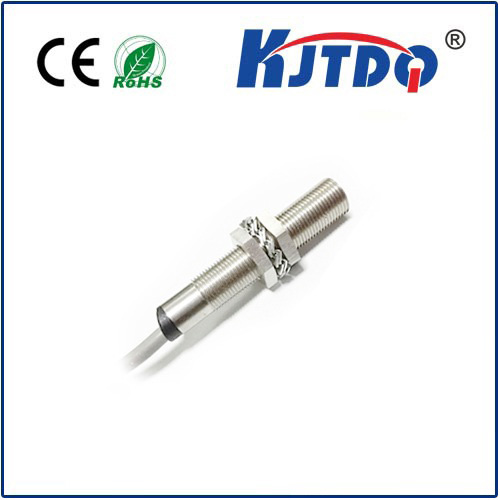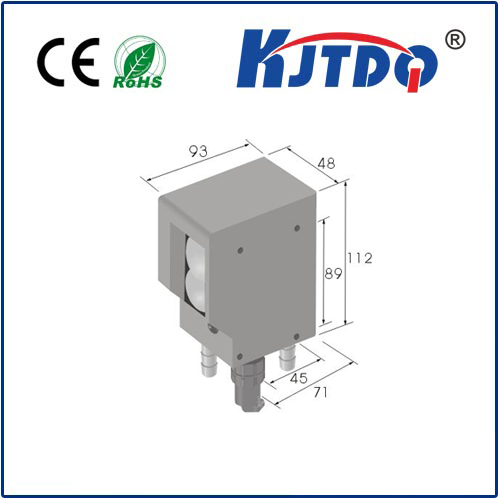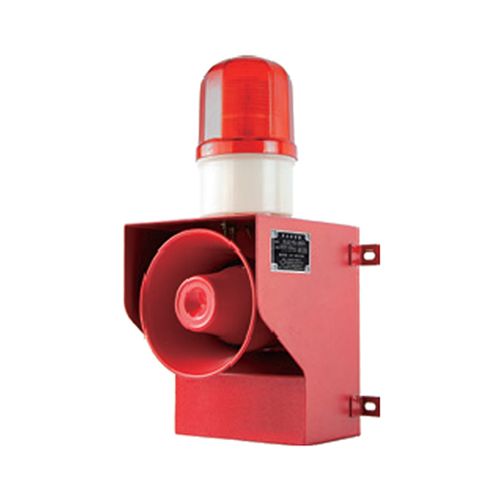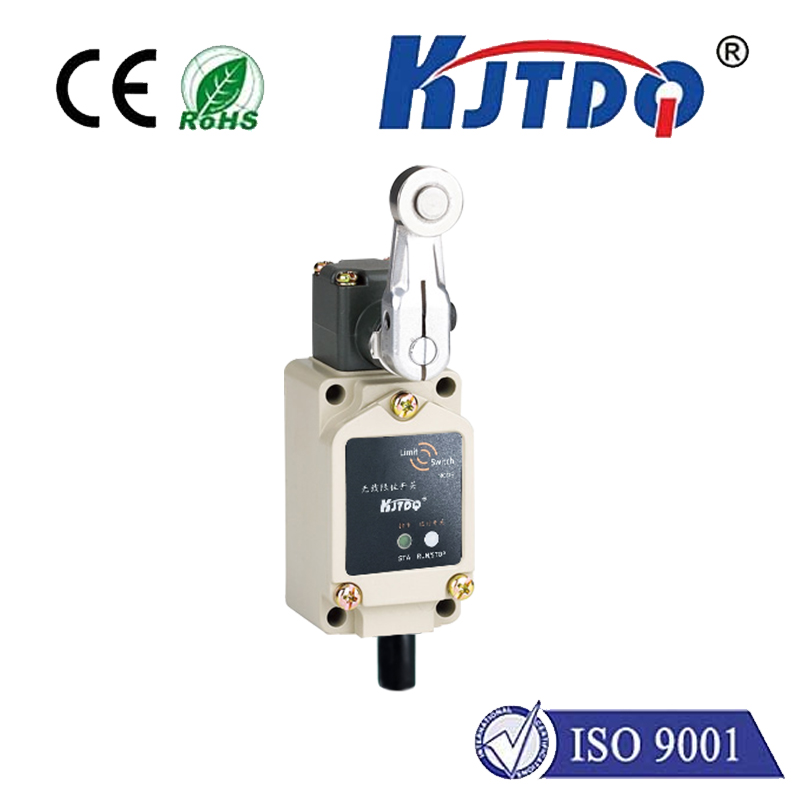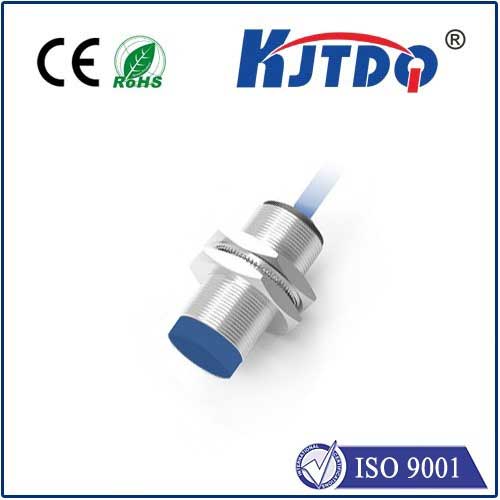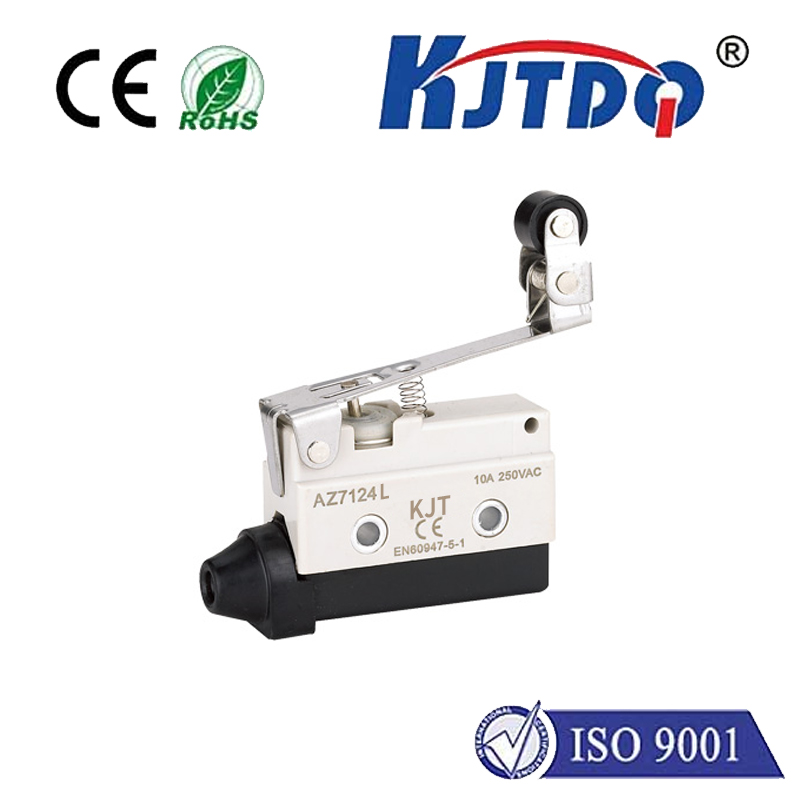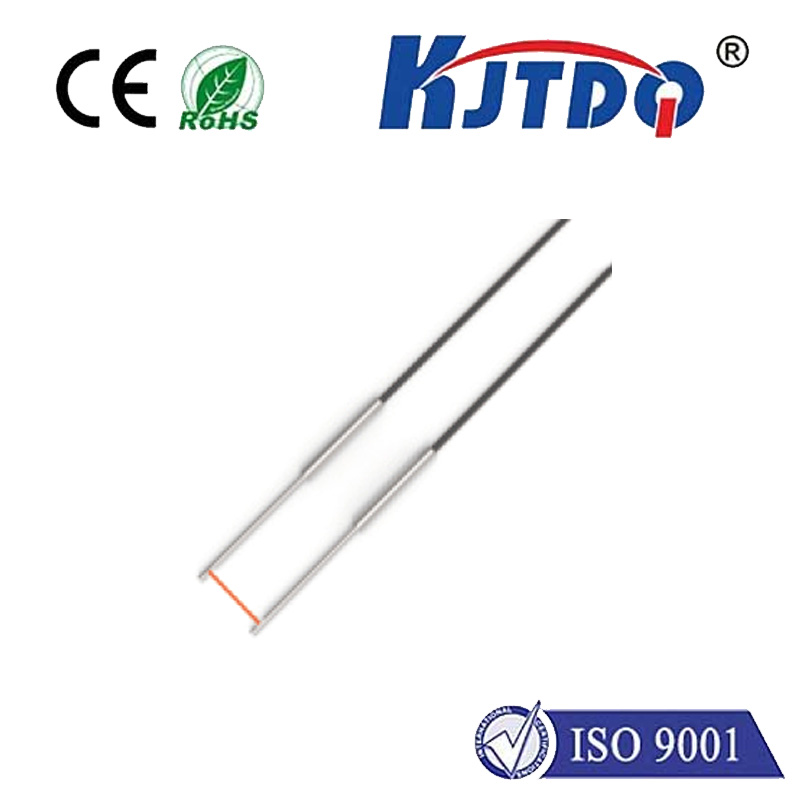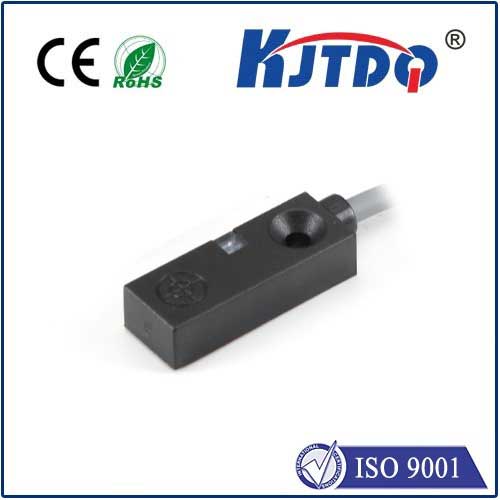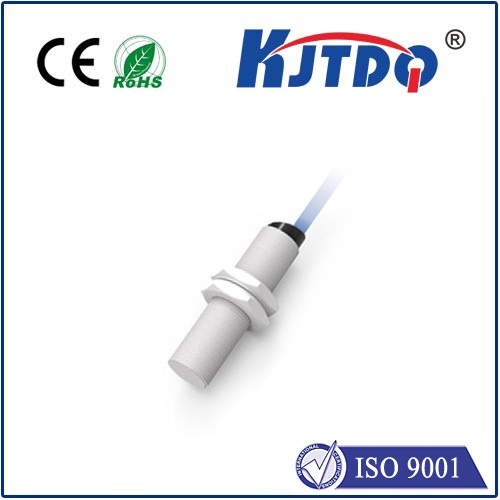Imagine an automotive assembly line humming with activity. Robotic arms weld components with blinding speed, conveyor belts snake through the factory floor, and pneumatic actuators snap into place. Suddenly, a critical weld head fails to trigger because a misaligned part wasn’t detected. Production halts; costs mount. Frustration builds. What if there was a sensor specifically engineered to prevent such costly disruptions, offering unwavering reliability in the toughest industrial environments? Enter the BES02EK proximity sensor – a cornerstone for modern, high-precision automation.
Proximity sensors are the unsung heroes of industrial automation. They provide the vital non-contact detection of metallic objects essential for countless processes – from confirming part presence and position on a conveyor to counting objects or triggering robotic actions. Their ability to operate reliably without physical touch minimizes wear, reduces maintenance, and enables high-speed operation. The BES02EK exemplifies this technological prowess, delivering exceptional performance where it matters most.
The BES02EK isn’t just another sensor; it’s an индукционный датчик приближения designed for industrial robustness and precision. Here’s what sets it apart:

Uncompromising Detection Reliability: At its heart lies inductive sensing technology. The BES02EK generates a high-frequency electromagnetic field from its sensing face. When a ferrous (iron-based) or non-ferrous (like aluminum, brass, copper) metal target enters this field, it induces tiny circulating electrical currents called eddy currents within the metal. The sensor detects the resulting change in the field’s oscillation amplitude, triggering its output state with remarkable consistency. This principle ensures reliable detection regardless of surface color, dust, oil, or ambient light conditions – challenges that plague optical sensors. This inherent immunity to environmental contaminants is a game-changer for demanding applications.
Industrial-Grade Toughness (IP67 Protection): Factories are harsh. Coolant splashes, cutting oil mist, metal chips, and high-pressure washdowns are commonplace. The BES02EK proximity sensor boasts an IP67 ingress protection rating. This signifies it’s completely protected against dust ingress and can withstand immersion in water up to 1 meter deep for 30 minutes. Sealed against oil and coolants common on machine tools and assembly lines, it shrugs off the grime that would cripple lesser sensors. This rugged construction translates directly to reduced downtime and lower long-term maintenance costs.
Precision Sensing Distances: Inductive sensors like the BES02EK are characterized by their nominal sensing distance (Sn). This standardized distance specifies the ideal range at which a standard target (typically a 1mm thick square of mild steel) can be reliably detected. Engineers rely on this precise specification when designing machine layouts and safety systems. The BES02EK delivers consistent performance at its rated distance, ensuring parts and machine elements are detected exactly where they are supposed to be.
Simplified Integration & Connectivity: Designed for seamless integration into control systems, the BES02EK typically features a standard M12 or M8 cylindrical threaded housing, making mounting straightforward using readily available nuts and brackets. Output configurations usually include 3-wire versions with options for NPN (sinking) or PNP (sourcing) transistor outputs, compatible with most Programmable Logic Controllers (PLCs), machine controllers, and input modules. This plug-and-play compatibility minimizes integration headaches and speeds up deployment.
The combination of reliability, environmental resilience, and precise detection makes the BES02EK indispensable across diverse sectors:
To maximize the performance and lifespan of your BES02EK sensors, adhere to these key installation principles:
Sn (Nominal Sensing Distance): This is not the maximum guaranteed detection range. Factor in real-world variables like target material type (non-ferrous metals like aluminum have a reduced sensing range compared to steel), shape, size, and temperature. Always allow a safety margin during installation. Consult the datasheet for correction factors for different metals.side clearance or lateral gap), as specified in the datasheet. Mounting the sensor too close to surrounding metal structures (like brackets or machine frames) can significantly reduce its effective sensing range or cause erratic operation. This phenomenon is known as “shielding” or “flanking metal influence.”In the relentless pursuit of efficiency, uptime, and quality within industrial automation, choosing the right sensing component is fundamental. The BES02EK proximity sensor, with its robust IP67-rated construction, reliable inductive detection principle, precise operating characteristics, and ease of integration, provides a proven solution. It stands as a critical enabler for reliable part detection, precise machine positioning, and robust safety functions across countless applications in manufacturing, automotive, material handling, and beyond. Deploying sensors like the BES02EK translates directly into smoother operations, minimized unplanned downtime, reduced maintenance burdens, and enhanced overall equipment effectiveness (OEE), solidifying its status as an indispensable tool on the modern factory floor.
